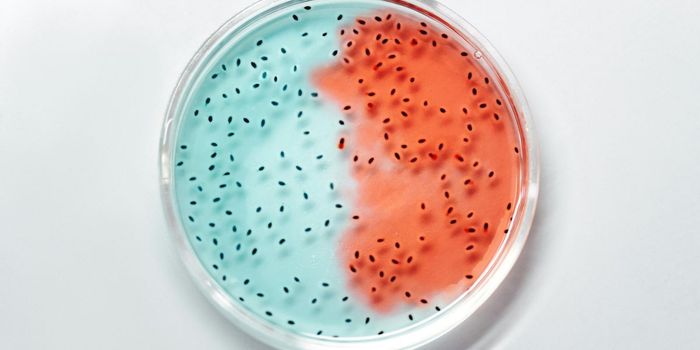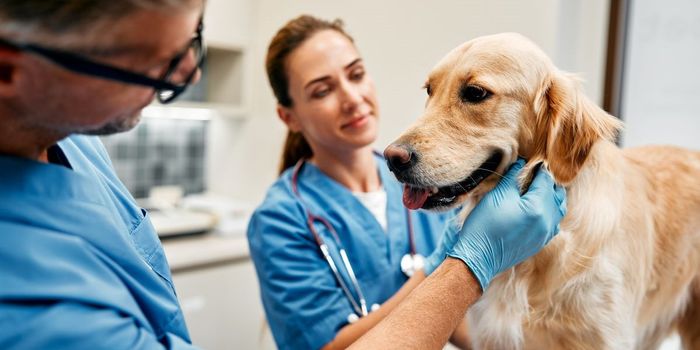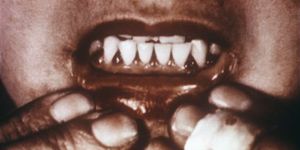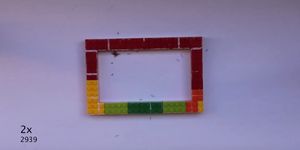Many of our drugs are derived from stuff found in nature, and as the development of new drugs becomes more critical to public health, researchers have turned to the environment for inspiration. Investigators working at Rockefeller University in New York City opted to simply look at the dirt beneath their feet for allies in our battle against disease. By excavating soil from parks in the city, the research team unearthed a wealth of evidence indicating the presence of bacteria that can produce a huge range of molecules. The work is outlined in the following video.
Scientists estimate that about half of all drugs on the market came from screens of compounds produced by fungi, bacteria, snails and other organisms. The microbes that were collected for this
work, published in the Proceedings of the National Academy of Sciences, have that same potential. These soil microbes can be very challenging to grow in a laboratory; this work eliminated that cumbersome step by just analyzing DNA that is in the soil, in this case collected by local high school students.
"By sequencing and analyzing genes within soil samples, we found the genetic instructions for making a wide range of natural products that have the potential to become treatments for various conditions, from cancer to bacterial or fungal infections, or that are already being used as drugs," explained the senior author of the work, Sean F. Brady, the Evnin Associate Professor and head of Rockefeller's Laboratory of Genetically Encoded Small Molecules.
"The sheer diversity we saw suggests there are many more potentially valuable compounds out there awaiting discovery--even in a place as mundane as urban soil," he added.
After isolating DNA from the dirt, the research team assayed the genetic code by comparing it to samples of known proteins. For the comparison, they used two groups of molecules from which many therapeutics have been derived, nonribosomal peptides and polyketides.
They found a huge amount of unknown genes. "Less than one percent of molecule-encoding sequences matched up to the known genes to which we compared them," said study first author Zachary Charlop-Powers, a postdoctoral fellow in the Brady lab. "Similar efforts in soil collected elsewhere have also shown that novel molecule-encoding sequences vastly outnumber those we recognize. This suggests there are many as yet-unidentified genes out there, and among these, some are likely to have potentially useful biological activity."
This could be an excellent alternative to searching exotic locales for new drugs. "Throughout the history of the field, there has been this idea that one travels to remote parts of the world to collect strange bacteria. But those environments are fragile and disappearing," Brady says. "Meanwhile, we're finding that by using modern sequencing approaches, it's possible to turn up all of the same potentially useful molecules in our own backyards."
The investigators are continuing to look for genes that code for potentially useful molecules in soil samples from around the United States. If you would like to be a part of this work, they take samples from the general public. Check out their research project -
https://www.drugsfromdirt.org.
Sources:
PNAS Zhu et al 2011,
AAAS/Eurekalert! via
Rockefeller University,
PNAS Charlop-Powers et al 2016









